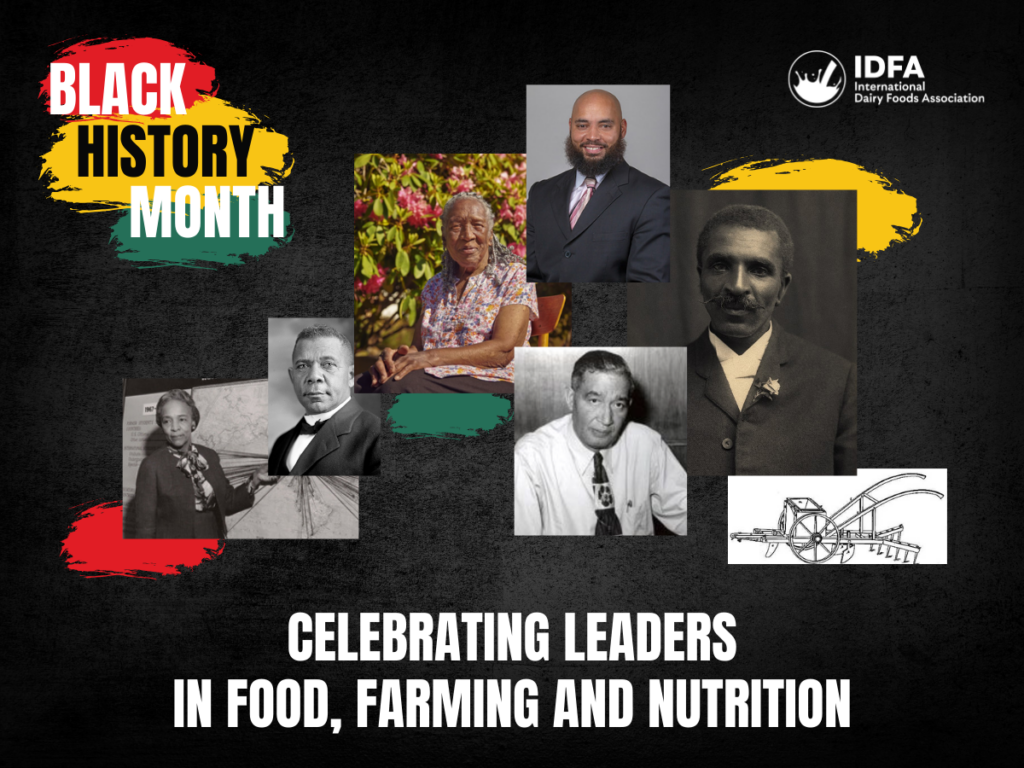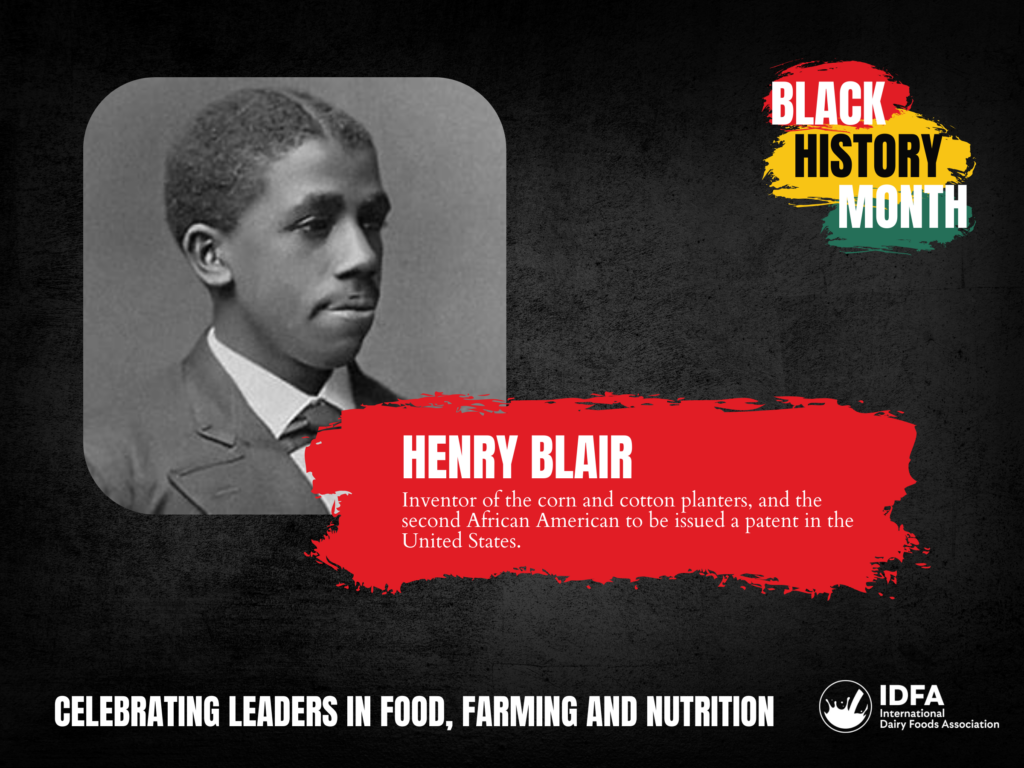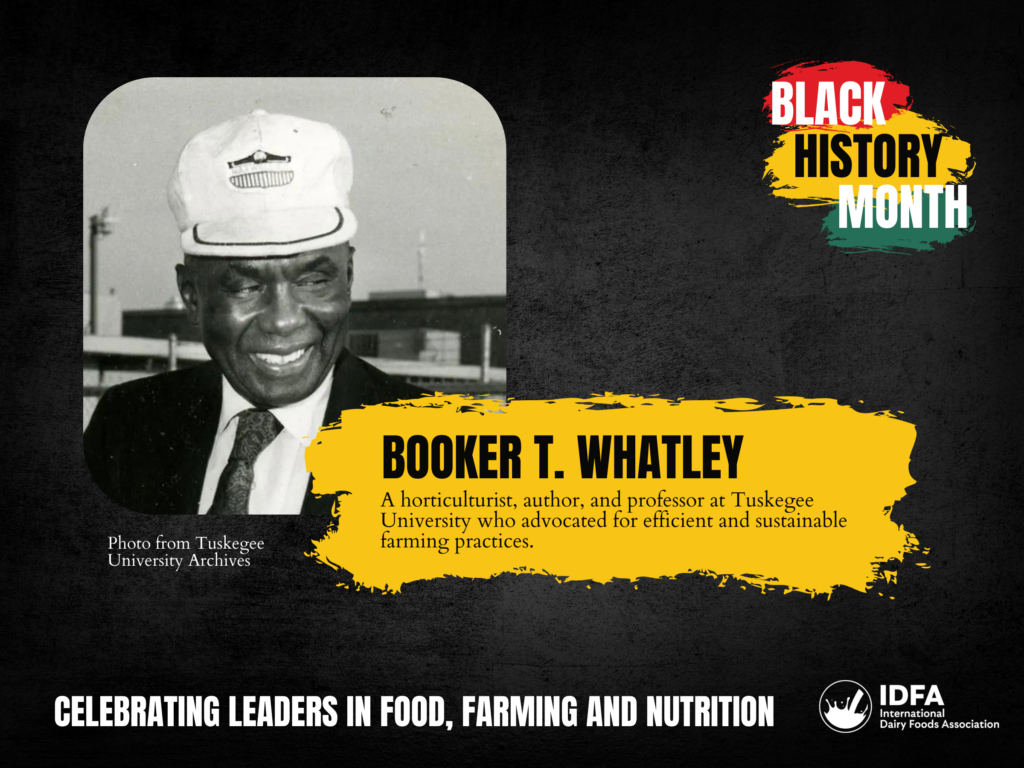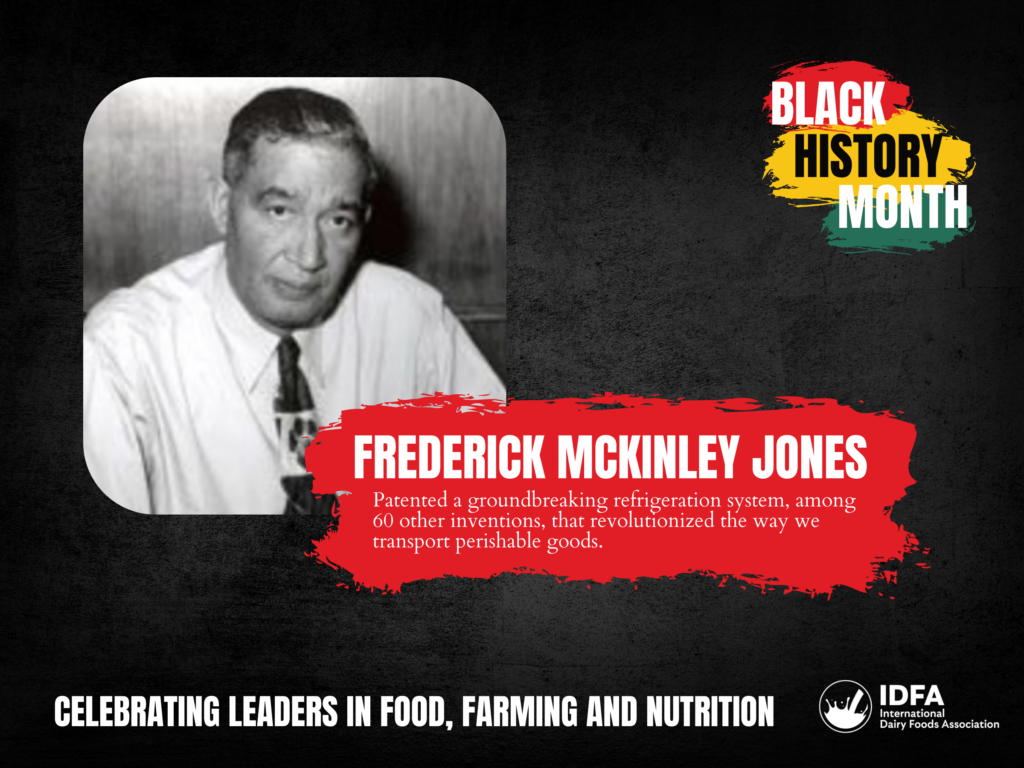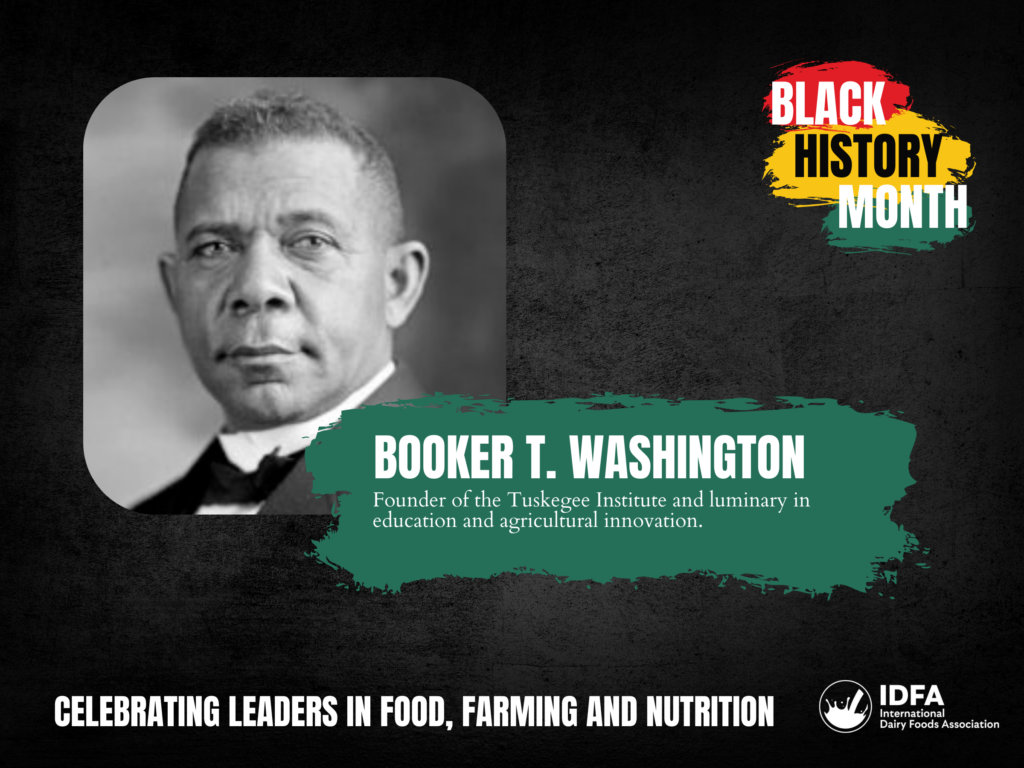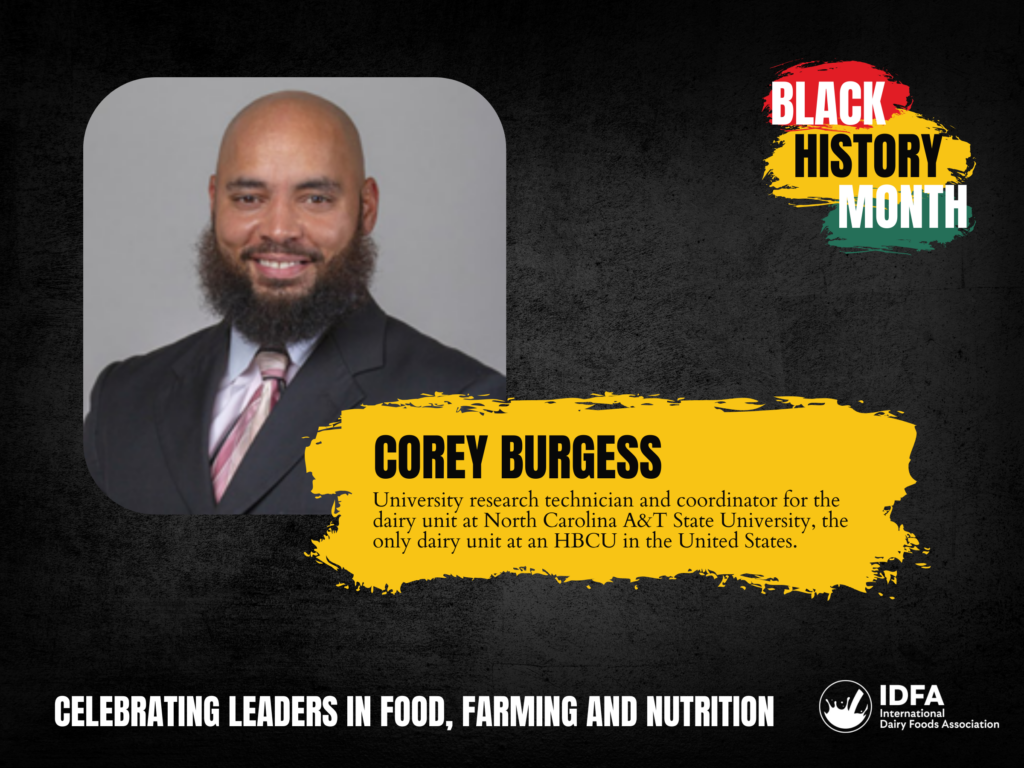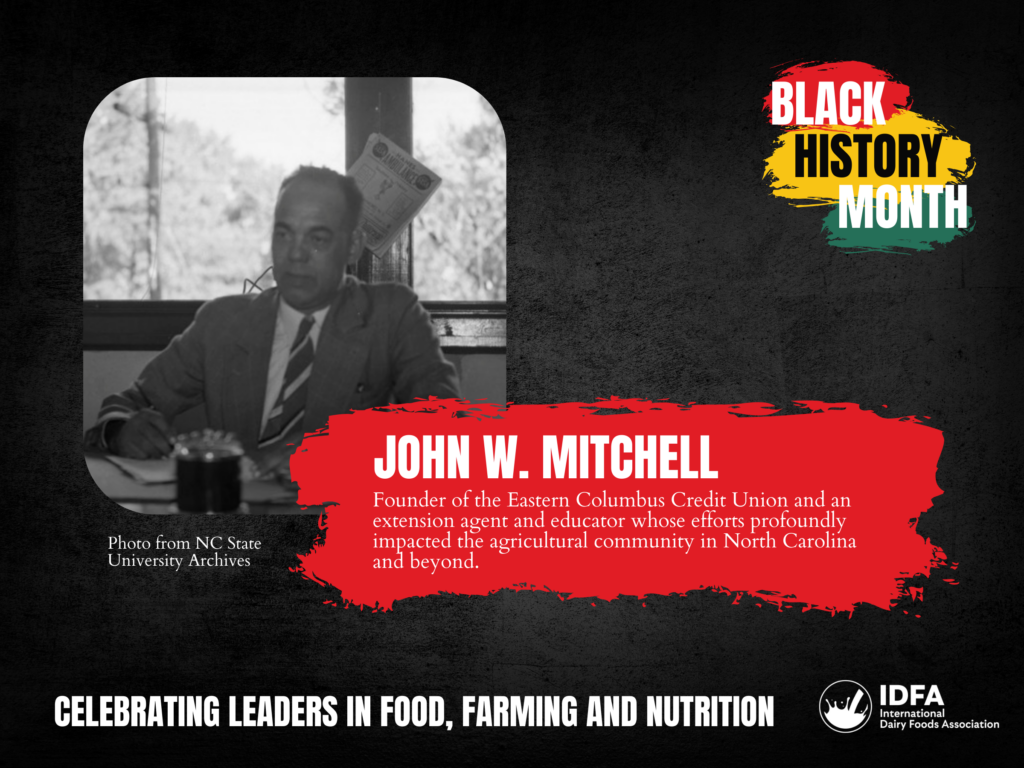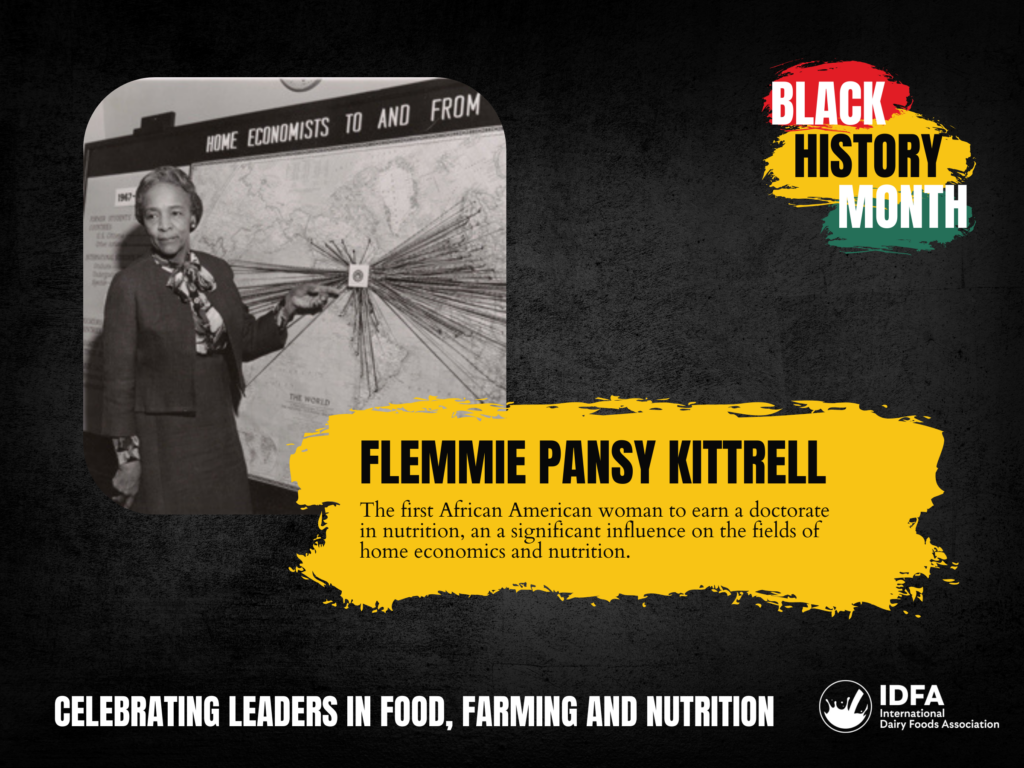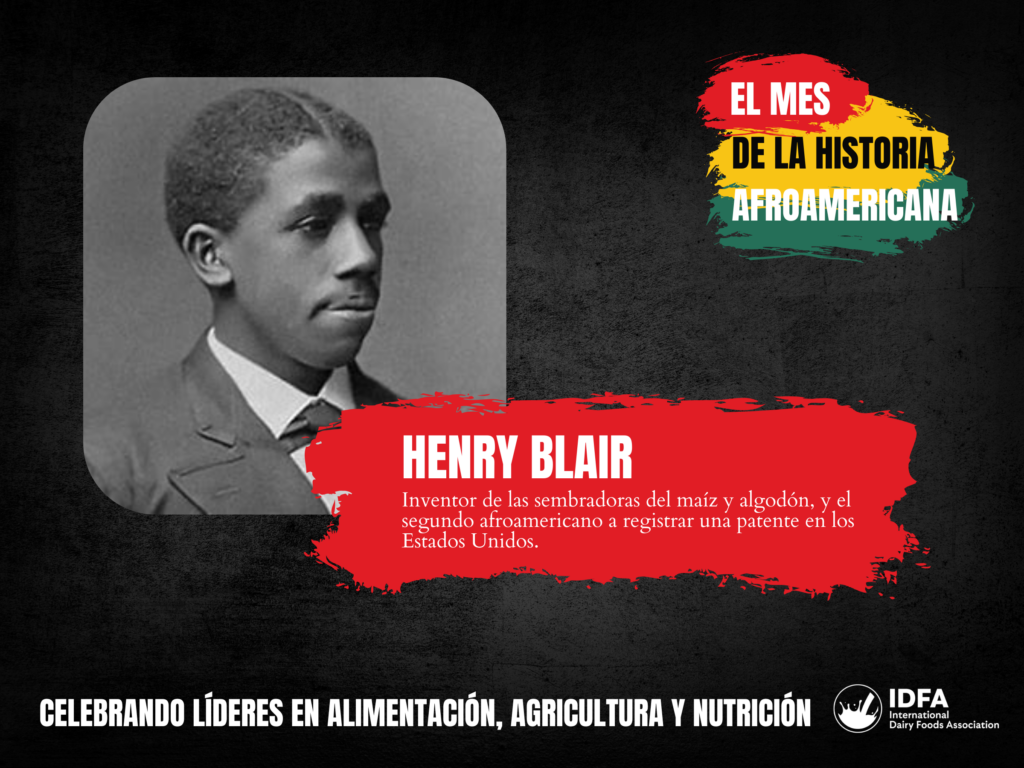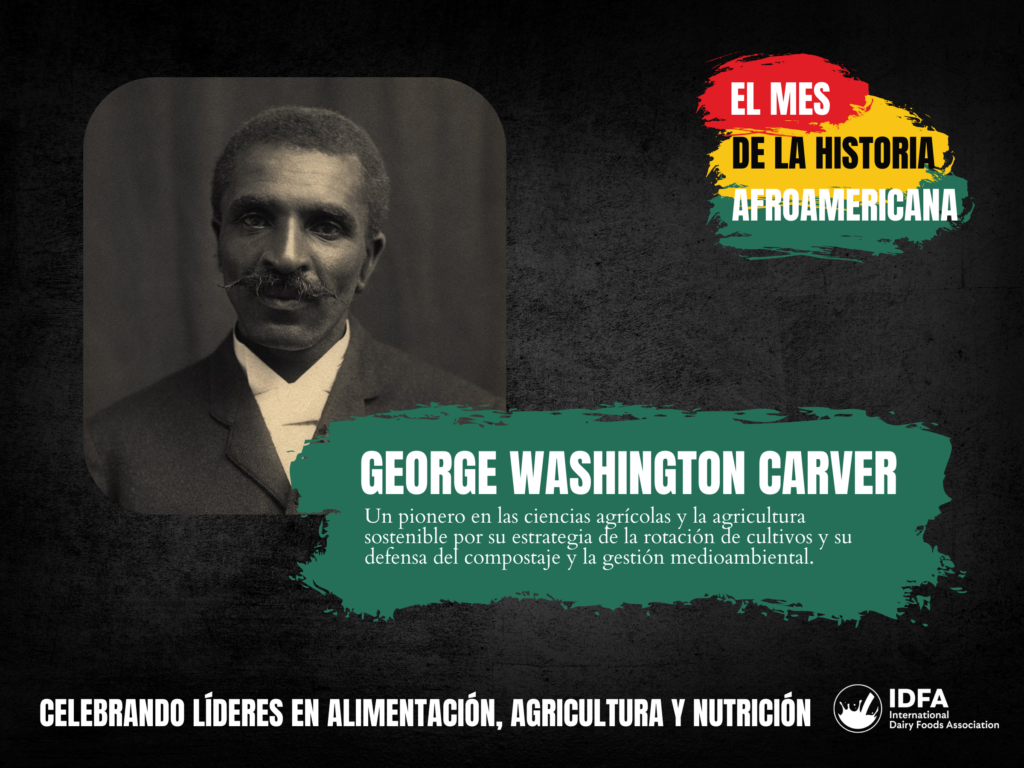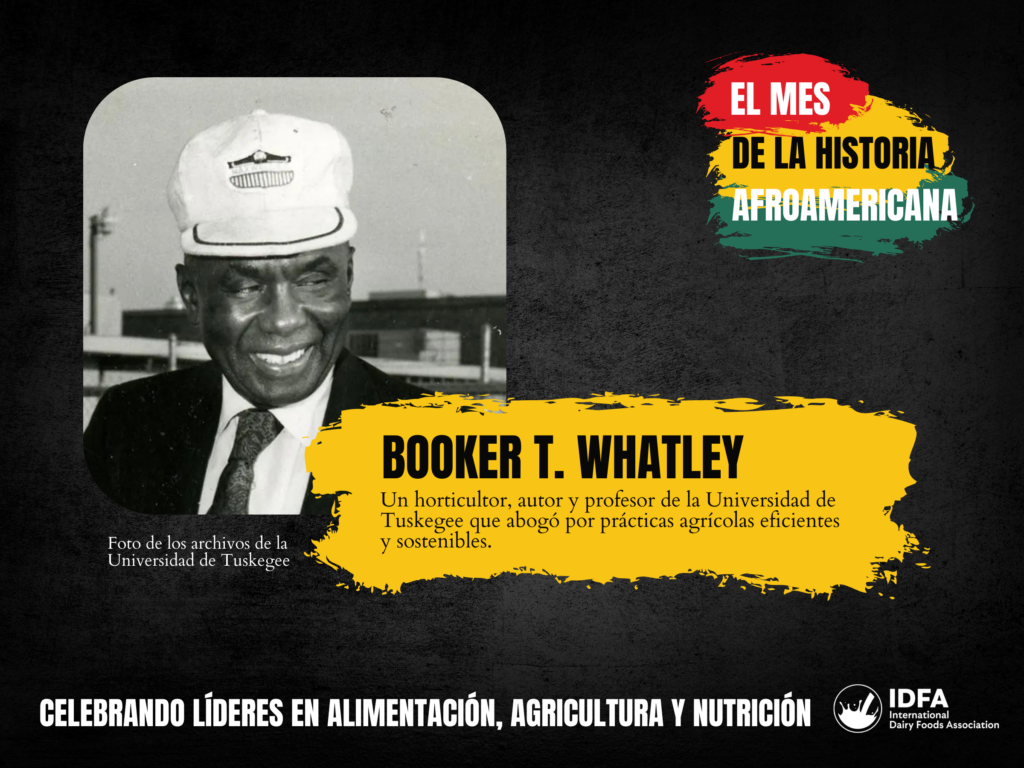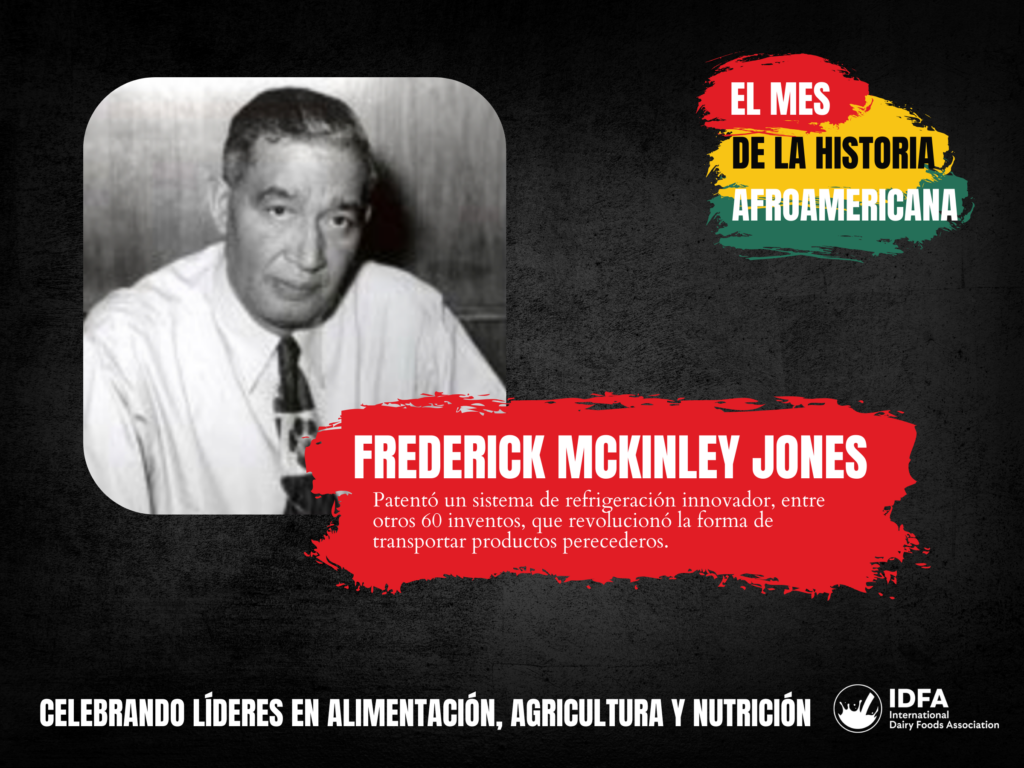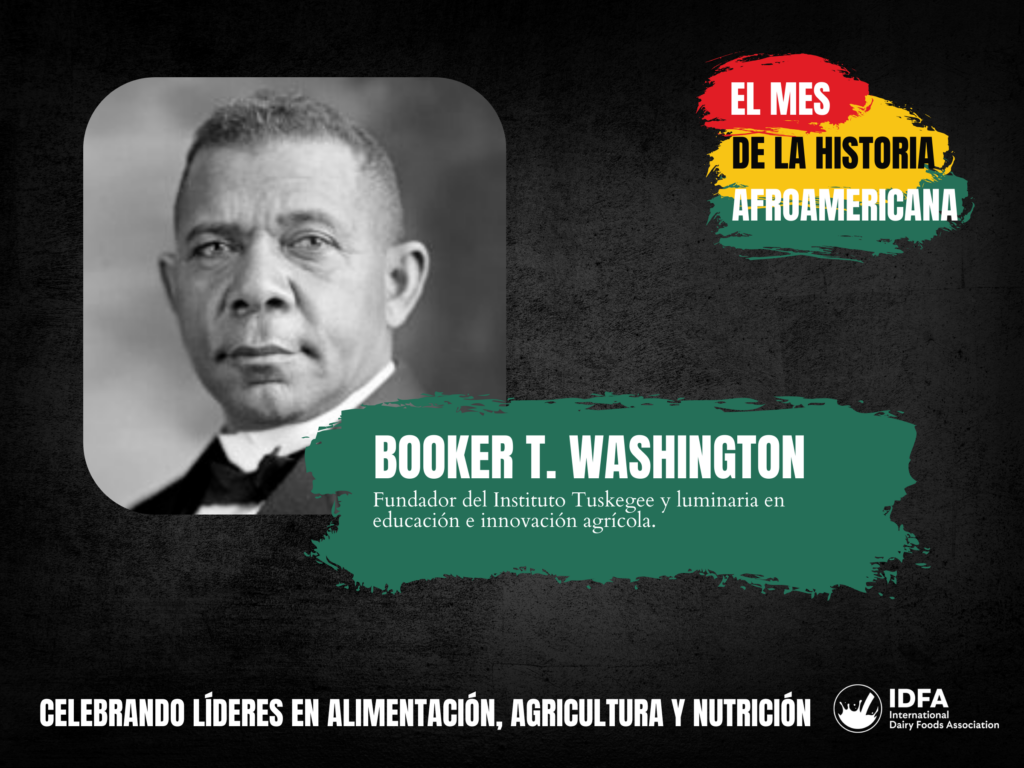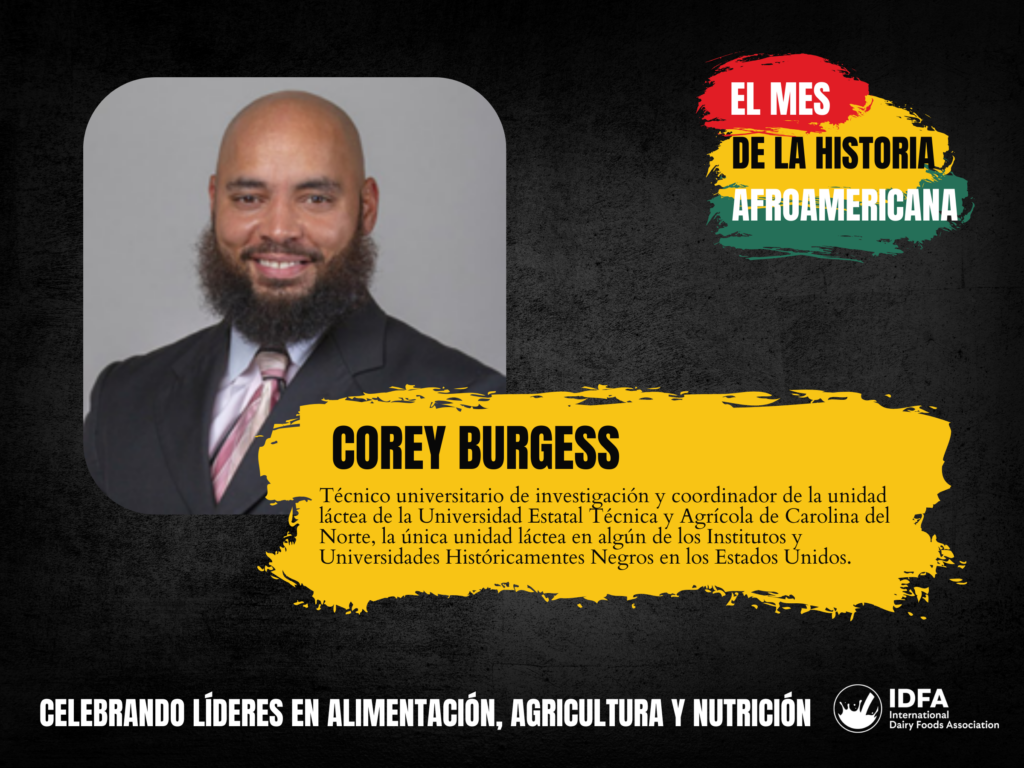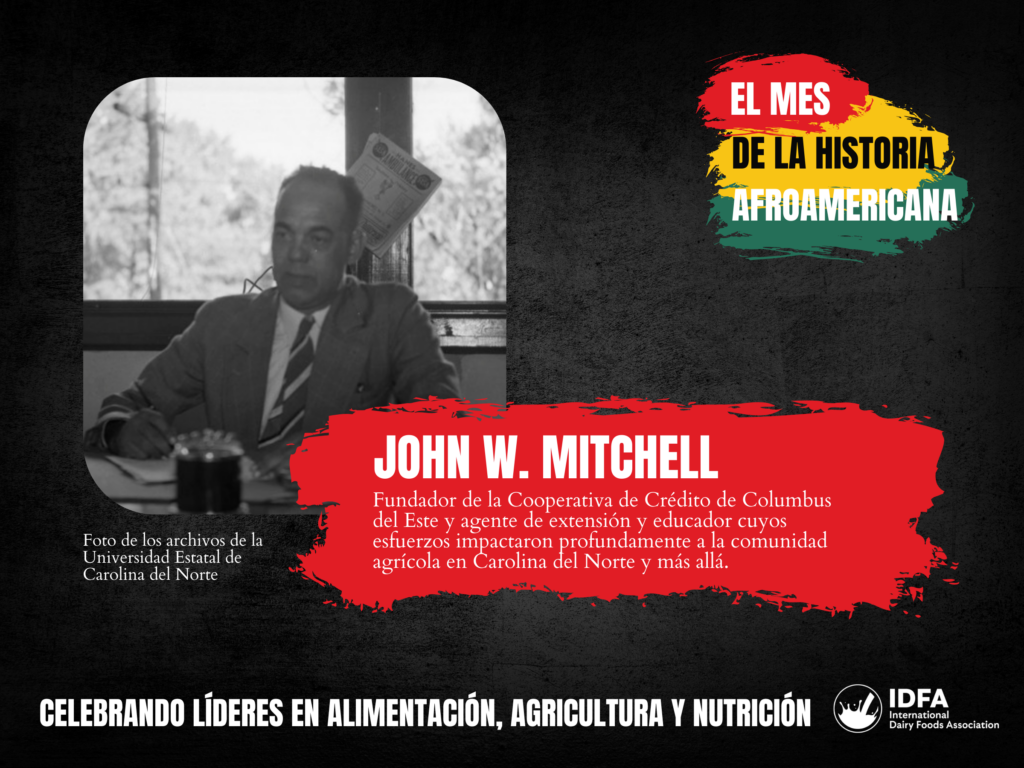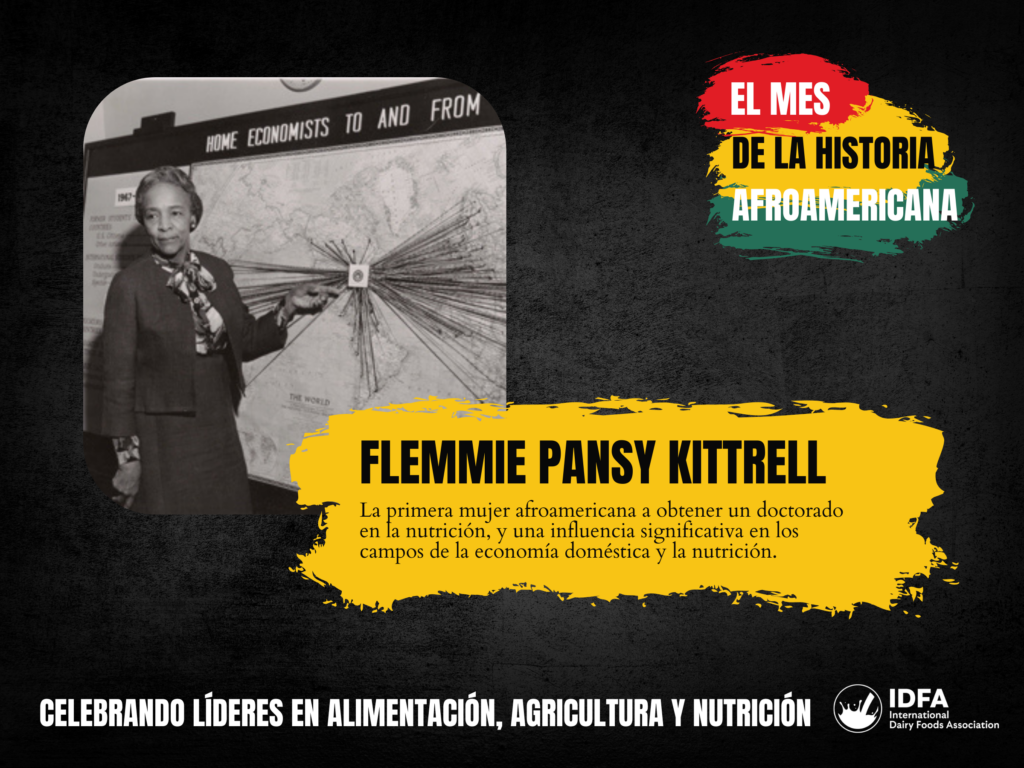In 1986, Congress passed Public Law 99-244, which designated February 1986 as "National Black (Afro-American) History Month” and each subsequent February thereafter. Since 1996, presidents have issued annual proclamations for National Black History Month on the last day of January. In addition to federal, state, and local governments, most cultural institutions and community organizations in the U.S. join in paying tribute to the generations of African Americans who struggled with adversity to achieve full citizenship and who have made important contributions to American culture and society. Recognitions of Black History Month or Week date back to 1915.
From enslaved people forced to work in fields, ranches, and related trades, to modern growers and innovators, Black Americans have made significant and sustaining contributions to American agricultural science and production as well as food manufacturing.
For this Black History Month, IDFA is recognizing leaders who helped to shape our nation’s food and agriculture system, from education and farming, to nutrition and innovation.
Jump to:
- Honoring Black Food Innovators
- Honoring Black Leaders in Dairy Farming
- Honoring Black Leaders in Agricultural Education & Extension
- Honoring Black Leaders in Nutrition
- Celebrate Black History Month
Honoring Black Food Innovators
Henry Blair

Henry Blair, born in Maryland in 1807, emerged as a significant figure in agricultural innovation as the second African American to receive a United States patent. A free man and a skilled farmer, Blair was driven by the pursuit of efficiency and labor optimization in farming practices. His inventive spirit led to the creation of the "Seed-Planter" in 1834, a device engineered to expedite and simplify the corn planting process. This invention featured a specialized compartment for seed storage and distribution, complemented by rakes designed to cover the sown seeds with soil, streamlining what was once a labor-intensive manual task. Blair's ingenuity didn't stop there; in 1836, he was granted another patent for his "Cotton-Planter," a horse-drawn apparatus that strategically deposited cotton seeds into tilled earth. These pioneering inventions not only revolutionized traditional planting methods, allowing for greater productivity and reduced manual labor but also laid the groundwork for the advanced mechanized farming equipment used today, particularly in large-scale onion cultivation. Blair's legacy is a testament to the transformative impact of innovation in agricultural practices, reflecting a significant leap forward in the efficiency and sustainability of farming.
George Washington Carver
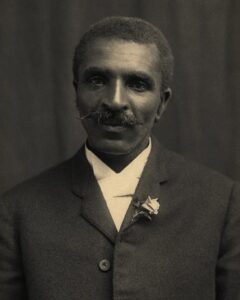
George Washington Carver stands as a monumental figure in the realm of agricultural science and innovation. Born into slavery in the late 19th century, Carver rose to prominence through his revolutionary approach to crop rotation, notably his method of alternating nutrient-depleting cotton with nitrogen-rich plants like peanuts and sweet potatoes. This practice not only revitalized the impoverished Southern soils but also provided a new economic avenue for struggling farmers. Carver's advocacy for composting and sustainable farming practices further underscored his commitment to environmental stewardship and agricultural efficiency. His pioneering work laid foundational principles for modern sustainable agriculture and remains integral to contemporary practices. Carver's legacy is a testament to the enduring impact of ecological mindfulness and agricultural innovation in fostering healthier ecosystems and communities.
Booker T. Whatley
Booker T. Whatley, a horticulturist, author, and professor at Tuskegee University, advocated for efficient and sustainable farming practices. Whatley continued the soil regeneration work of Carver, who also taught at Tuskegee University. He made significant contributions to modern farming practices with his publication "How to Make $100,000 Farming 25 Acres" in 1987. His innovative approaches resonated widely, offering both small and large-scale farmers invaluable strategies for optimizing their operations. Whatley's work emphasized the importance of reducing costs and waste while enhancing income and efficient use of space.
Frederick McKinley Jones
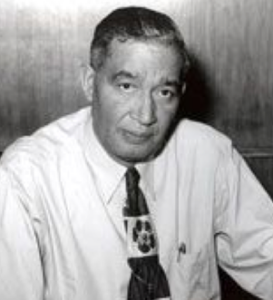
Frederick McKinley Jones stands out as a towering figure in American innovation, celebrated for his ingenuity and entrepreneurial spirit. Inducted into the National Inventors Hall of Fame and honored with the National Medal of Technology, Jones' legacy is marked by his prolific patent portfolio, which includes over 60 inventions. Among these, his groundbreaking refrigeration system, patented in 1940, revolutionized the way we transport perishable goods. This innovative cooling technology, initially designed for trucks and later adapted for use in boats, planes, and railroad cars, proved instrumental during World War II, safeguarding vital supplies like blood, medicine, and food across vast distances. Jones' invention laid the foundation for modern cold chain logistics, enabling dairy products to reach consumers nationwide and even globally.
Honoring Black Leaders in Dairy Farming
Corey Burgess

As the largest Historically Black College and University (HBCU) in the country, N.C. A&T has a long history of representing those underserved in many academic areas. But for its dairy unit, representation of minority agriculturalists is more pronounced than perhaps anywhere else across the University – because it’s the only dairy unit at an HBCU in the United States. The responsibility of managing the dairy unit and instructing its students falls to Corey Burgess, university research technician and coordinator for the dairy. Talking about his students, Burgess says, “My student employees are only here for four years at a time. They move on from here to grad schools, vet schools, industry work – even teaching– but our program gives the kids a chance to be exposed to dairy, something they may not otherwise get a chance to do in life.” The herd at N.C. A&T's University Farm number 25 milking cows, with a total of around 57 in the herd including young stock, dry cows, and heifers. It is on a pasture-based grazing system and rotates pastures roughly every three days. The model is one the University thinks is perfect for small farms in North Carolina seeking to lower overhead and provide a herd’s nutritional needs from pasture. The University recently installed two new robotic milking machines. Burgess says the robots are helping students stay on the cutting edge. The University is also in the process of planning and building an Urban and Community Food Complex near the farm. As part of the new facility, the University will also be launching Aggie Ice Cream made with milk from the farm. The team expects that the new product will be available at the University’s campus soon.
Black Farmers Today: Where Are We Now? USDA’s Census of Agriculture Breaks it Down
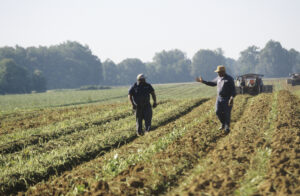
According to USDA’s 2022 Census of Agriculture, the United States had 41,800 producers who identified as Black, either alone or in combination with another race. According to USDA, they accounted for 1.2 percent of the country’s 3.4 million producers, and they lived and farmed primarily in southeastern and mid-Atlantic states. Black producers were older and more likely to have served or to be serving in the military than U.S. producers overall. Their farms were smaller and the value of their agriculture sales was less than 1 percent of the U.S. total.
Honoring Black Leaders in Agricultural Education & Extension
Booker T. Washington
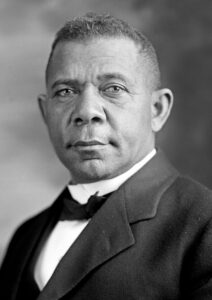
Booker T. Washington, born into slavery, emerged as a luminary in African American education and agricultural innovation, founding the Tuskegee Institute to provide practical skills alongside academic knowledge. His involvement with The Second Morrill Act of 1890 forbade racial discrimination in college admissions for schools that received federal funding, which opened the door for many Black people to study agriculture at the university level. Education is essential for agriculture. As we learn and study, we can better understand how to keep our soil healthy and productive for the future.
John W. Mitchell
John W. Mitchell was an influential African American extension agent and educator whose efforts profoundly impacted the agricultural community in North Carolina and beyond. Notably, he was instrumental in founding the Eastern Columbus Credit Union, revolutionizing how farmers acquired supplies by buying in bulk, thereby reducing costs. His leadership in the Cooperative Extension led to the growth of one of the nation's largest Negro 4-H Clubs, fostering agricultural skills among Black youth. By 1950, Mitchell was recognized nationally as a top agricultural expert, leaving a legacy celebrated by his induction into the N.C. A&T School of Agriculture Hall of Fame in 1996.
Honoring Black Leaders in Nutrition
Gladys Kidd Jennings, R.D.
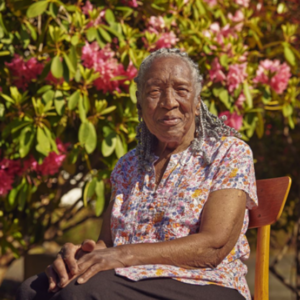
Gladys Kidd Jennings, R.D., was a trailblazer in nutrition, focusing on the unique dietary needs and socio-economic challenges within Black communities since the 1960s. Born in 1925 in Columbus, Ohio, she pursued her passion in nutrition and dietetics, becoming the first African American woman to earn a master's degree in Foods and Nutrition from Washington State University in 1948. Jennings dedicated her career to academia, teaching at various universities and advocating for better nutritional understanding and practices in Black communities. She was recognized for her contributions with numerous awards and was active in organizations aimed at promoting nutritional education. Jennings's legacy lies in her commitment to integrating cultural respect into nutritional advice for the African American community, inspiring future generations of Black female nutritionists to continue her work in community health and education.
Flemmie Pansy Kittrell
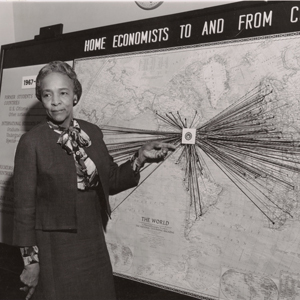
Flemmie Pansy Kittrell broke barriers as the first African American woman to earn a doctorate in nutrition, significantly influencing the fields of home economics and nutrition by integrating scientific research into understanding the holistic well-being of children, especially those from Black and low-income families. Born into a sharecropping family in North Carolina in 1904, Kittrell's early work experiences funded her education, leading to her historic Ph.D. from Cornell University in 1936. Beyond food, she explored the broader environmental impacts on children's success and introduced the concept of "hidden hunger" to describe malnutrition in seemingly well-fed individuals. Kittrell's innovative work at Howard University's experimental nursery laid the groundwork for the Head Start program, and her international travels furthered her impact on global children's health and nutrition policies.
Celebrate Black History Month
IDFA is pleased to make available the following images for download. Please use them to celebrate these leaders who helped to shape our nation’s food and agriculture system, from education and farming, to nutrition and innovation.

